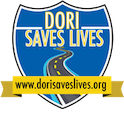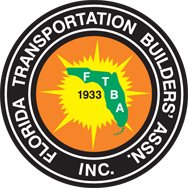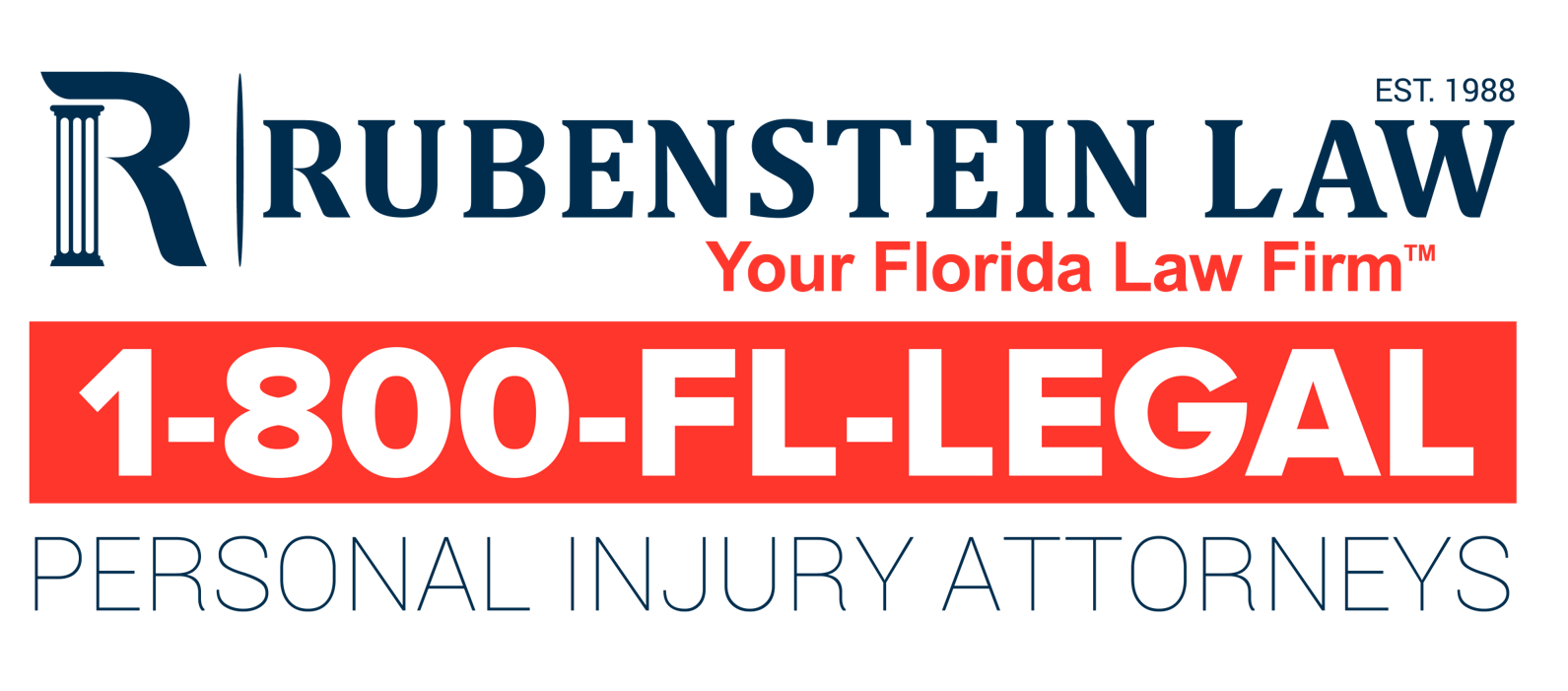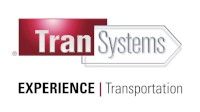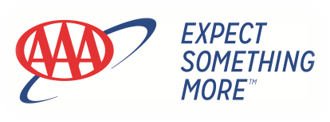BICYCLE SAFETY TIPS

ALWAYS RIDE WITH TRAFFIC AND FOLLOW THE RULES OF THE ROAD:
- You are better off riding with the flow of traffic, not against it. Crash data tells us that getting hit from behind is extremely unlikely.
- You are more predictable and visible to motorists, especially at intersections and driveways.
- Ride in a straight line, not in and out of cars, and use hand signals when turning and stopping.
- Obey traffic signs, signals, and lane markings and yield to traffic when appropriate, including pedestrians.
DON’T RIDE ON THE SIDEWALK:
- Although you might think it’s a safer option, motorists are simply not looking for bicyclists on the sidewalk, especially those riding against the direction of traffic.
- At every driveway and intersection, you are at greater risk of being hit by a motorist than if you were riding on the road with traffic.
- Pedestrians will thank you for riding on the road as well.
- Ride on the trail, paved shoulder, bike lane, or bike route. You still need to follow the rules of the road and watch out for your fellow travelers. Ride to the right, signal your turns, obey traffic signs and signals.
BE PREDICTABLE AND VISIBLE:
- Try not to be hesitant or do things that motorists and other travelers may not be expecting.
- Make sure everyone can see you and knows where you are and where you are going.
- If riding in the dark, use headlights, taillights, and reflectors and wear reflective materials and brightly colored clothing.
- Do not wear headphones or talk on a cell phone while bicycling.
WATCH FOR STUFF ON THE ROAD OR TRAIL THAT MIGHT MAKE YOU FALL OR SWERVE:
- Rocks, trash, storm grates, wet leaves, potholes, gravel, railroad tracks, and even wet pavement markings can all send you flying.
- Also watch for parked cars, doors opening, and cars pulling in and out of driveways.
WATCH FOR TURNING TRAFFIC:
- Most car/bike collisions happen at intersections and driveways when motorists or bicyclists are turning.
- At every intersection and driveway, keep a careful eye out for motorists turning right in front of you—you may be going faster than they think. Also, look for motorists turning left across your path—drivers are looking for gaps in traffic and may not be paying attention to anything other than other motor vehicles.
